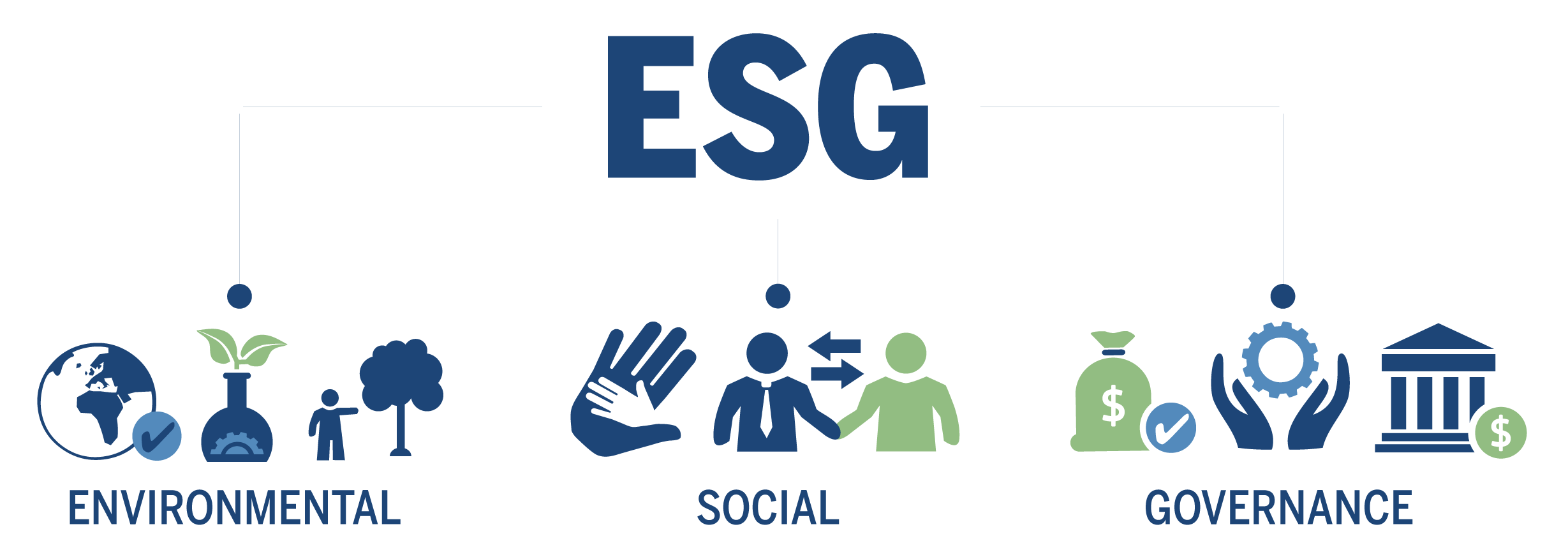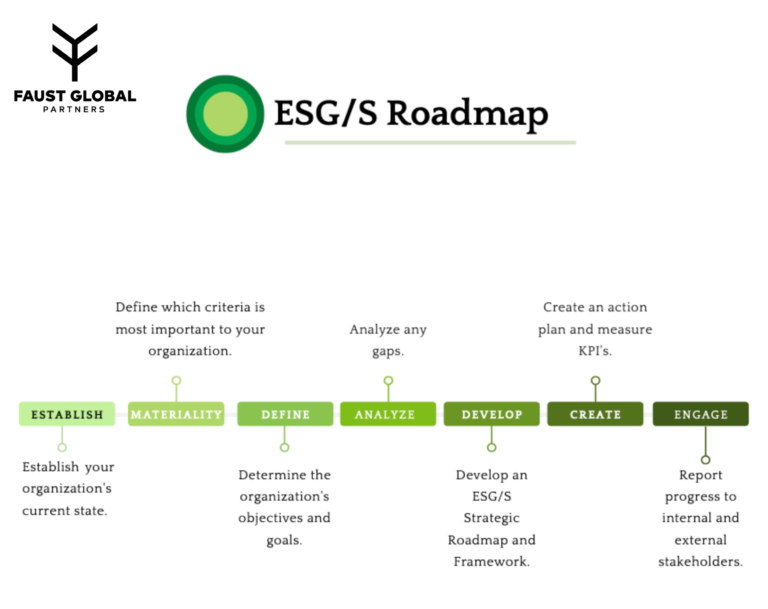
23 Sep ESG Trends, Pitfalls & Next Steps!
Dearest Friends,
Thank you for joining our last LinkedIn Live event yesterday: ESG/S – Trends, Pitfalls & Next Steps. Over the last month, I’ve enjoyed hearing your perspectives on critical topics in the ESG world and have appreciated making new ESG connections. If you missed yesterday’s conversation, let me share the highlights!
ESG has increased exponentially in the last few years, and there has been no sign of slowing in 2022 despite skepticism. Pressure will continue to grow on corporate boards and government leaders to enhance their ESG skills and ensure they are adequately equipped to understand and oversee ESG issues – from climate change to human rights to social issues.
ESG/S Trends
Below are three key ESG trends that we think will drive the conversation in Q4 2022 and into 2023:
- Environmental – Carbon net-zero
As more investors hold corporations accountable for their supply chains, expect to see corporations push their supply chains towards net zero. Companies have made great strides in reducing their carbon footprint; however, committing to carbon net zero in their supply chains will have a significant environmental impact.
- Social – Diversity, Equity, and Inclusion (DE&I)
Diversity, equity, and inclusion have become crucial to almost every company’s social strategy. Employees want greater control over their well-being, work-life balance, and careers. Employees want a voice as they no longer want to work for companies that don’t treat employees, the planet, or people well.
- Governance
Accountability in ESG/S governance is essential. Stakeholders, investors, and companies want consistency in ESG reporting. When dealing with accountability, many companies start with their C-suite and other senior executives. But boards should oversee decisions about who else should be held accountable for ESG performance.
What is a B Corp?
Another formidable ESG trend that will continue to rise is B Corps. A private third-party certification standard, B Corporations include businesses, organizations, asset management firms, and consultancies – big and small, across all industries worldwide. B Corp is a comprehensive process that measures the business’s social and environmental impact.
Here’s a brief overview of B Corps:
- A certification that for-profit businesses can receive from B Lab.
- It started in 2006.
- The first 82 B Corps were certified in 2007.
- A B Corp proves their commitment to doing good for its employees, community, and environment.
As of May 2022, over 5,000 companies across 80 countries and 155 industries are Certified, B Corp. Is your company a B Corp? Have you noticed the B Corp logo on your purchased products and services?
ESG/S PITFALLS
Organizations recognize the positive long-term effects of a strong ESG strategy; however, significant pitfalls can occur when an ESG/S approach lacks purpose. Some of the most common ESG pitfalls are ESG Ratings, Communications, Management Strategy objectives, Business Disconnect, and lack of monitoring and assessment. Essential keys to avoiding pitfalls are consistent communication, management strategy, and specific goals to monitor data and information. Be proactive and have a clear vision when developing an ESG/S program.
NEXT STEPS
Building an ESG/S program can be overwhelming, considering it touches every part of the company’s operations, and many components comprise environmental, social, and governance.
Here are four steps to applying ESG/S:
- Step One: Set Goals and Objectives. Both should be clearly defined and measurable so the company can achieve the desired outcomes.
- Step Two: Establish a budget. Setting an adequate budget depends on the goals and objectives in Step One. Reconsider and review what your expected return on investment is, as well as a realistic timeline.
- Step Three: Establish a baseline. Evaluate the company’s existing policies and metrics and assess stakeholder engagement and communication.
- Step Four: Build an ESG/S Team. Decide who is on the company’s ESG/S team. Your internal ESG/S team should include a board of directors, executives, and stakeholders. It’s critical to have a group that believes that ESG/S will reduce risk in the short term and build value in the long term.
OUR SERIES SUMMARY
In August, I launched a four-part series on How to get started with ESG/S today! In each live session, I provided a road map to guide individuals and businesses to apply ESG/S strategies across their organizations.
Our first live discussion was on Accountability – Who owns ESG? That’s a common question! The simple answer is – that everyone in an organization owns ESG. But it starts and is led by strong leadership at the organization’s top.
The second event was a critical ESG topic – Materiality. What’s Important? Many people don’t have a deep understanding of this overwhelming subject. But Materiality can be approached in four key steps: research, engage, prioritize, and activate.
Our third live session explained how crucial Data and Frameworks are in developing a successful ESG/S strategy. We discussed which robust ESG frameworks to consider and how best to build out consistent and comparable reporting of relevant ESG information.
Finally, yesterday’s final live session discussed Trends, Pitfalls, and Next Steps. More information is above.
Do you know the key steps to a successful ESG/S strategy? To help you to visualize each step on how to get started with ESG/S – here is our road map to guide you. If you need help on how to apply each step, please get in touch with me at jennifer@faustglobal.com. I will be glad to assist!

Do you have any ideas for future LinkedIn Live events? Please share your thoughts!
Together, let’s drive growth for a sustainable world!
Warmly yours,
Jenn


